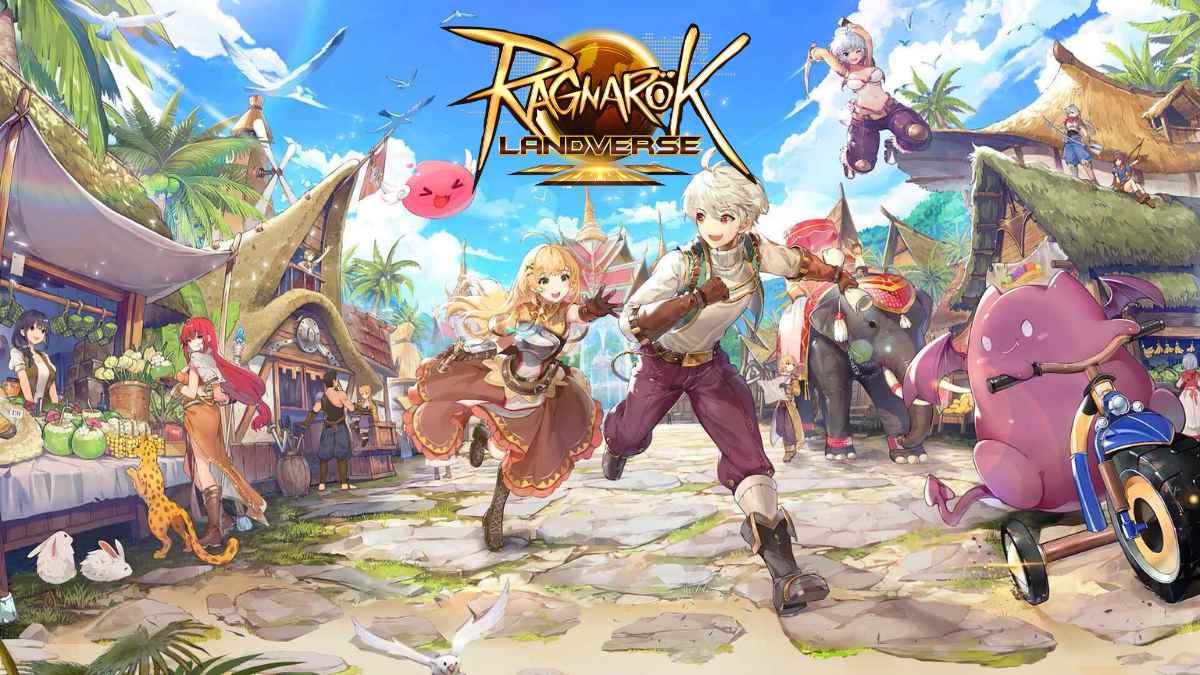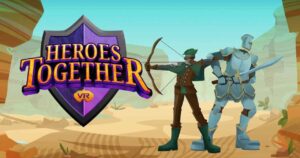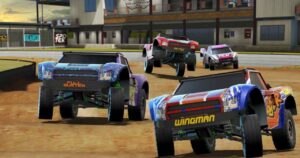Landverse is heading into 2025 with a focus on structured competition. Its upcoming Road to Ragnarok event isn’t just a seasonal update — it’s a full-scale, multi-stage PvP championship with cash rewards, tournament brackets, and guild coordination baked into the format. The event launches as part of the game’s ongoing push to blend MMO-style exploration with blockchain-backed progression, and it marks the first time Landverse is committing to a formal competitive roadmap with real-world prizes.
Tournament spans multiple phases and formats
The Road to Ragnarok series starts with open qualifiers before moving into guild-based elimination rounds. Individual players can participate in solo events to earn access to the later phases, while guilds compete in group formats for ranking and rewards.
Rather than focusing on single-match outcomes, the event uses a point system to track performance across multiple rounds. The top guilds will face off in a final bracket, with winners claiming a share of the $30,000 prize pool. It’s not just about raw combat stats. Strategy, coordination, and long-term planning across battles will be just as important, especially in later stages.
On-chain assets tie into progression and eligibility
Because Landverse is built on Web3 infrastructure, NFT ownership plays a role in tournament eligibility. Characters, land, and gear are all on-chain assets, and certain entry tiers or brackets are gated behind holding specific tokens.
The game uses this system to differentiate between casual entrants and high-level guilds. Players with advanced gear or upgraded land plots can access deeper tournament layers, but early qualifiers still allow non-whales to participate in some form.
This split-tier design reflects a trend in blockchain MMOs that try to balance accessibility with meaningful asset utility. It won’t fully level the field, but it does create multiple points of entry.
PvP structure built for team tactics and roles
Combat in Landverse is a mix of action and strategy. Players control characters in real-time with directional attacks, area control, and skill-based mobility. The system is role-driven — tanks, supports, and DPS all matter — and group synergy has clear impact on match outcomes.
This becomes more relevant in team-based rounds, where guilds need to coordinate builds, roles, and loadouts ahead of time. Winning isn’t just about mechanical skill, but also about adapting to evolving metas and counter strategies. With new PvP maps and updated class balancing introduced just ahead of the event, the playing field is still adjusting, making early experimentation a key part of success.
Leaderboard visibility and long-term rewards
In addition to immediate payouts, top teams and players earn leaderboard recognition and access to exclusive cosmetic drops tied to their placement. These rewards are tradable, meaning high performance carries both status and potential resale value. The championship also serves as a soft pilot for future seasonal circuits.
Landverse has hinted that this year’s format could become the basis for recurring league play, with larger prize pools and community-led events to follow.
It’s part of a broader shift in Web3 gaming where value generation is tied not just to minting and trading, but to participation, skill expression, and sustained involvement over time.
Event access and ecosystem integration
Registration for Road to Ragnarok is live within the game client, with wallet-linked accounts required to verify assets and unlock bracket access. The event will run over several weeks, with asynchronous match scheduling and result tracking through smart contracts.
This system minimizes admin oversight and lets guilds coordinate independently, while still tying results into the core game economy.
Whether this structure scales will depend on how well Landverse balances game design with blockchain mechanics, but for now, it’s one of the few MMO-style Web3 games putting real effort into structured, skill-based competitive play.
Web3 Analyst & Play Blockchain Games Guide
CryptoKit breaks down Web3 gaming like it’s second nature. From tokenomics to airdrop strategies, she turns blockchain chaos into clear, actionable advice for players who want to win more than XP.




